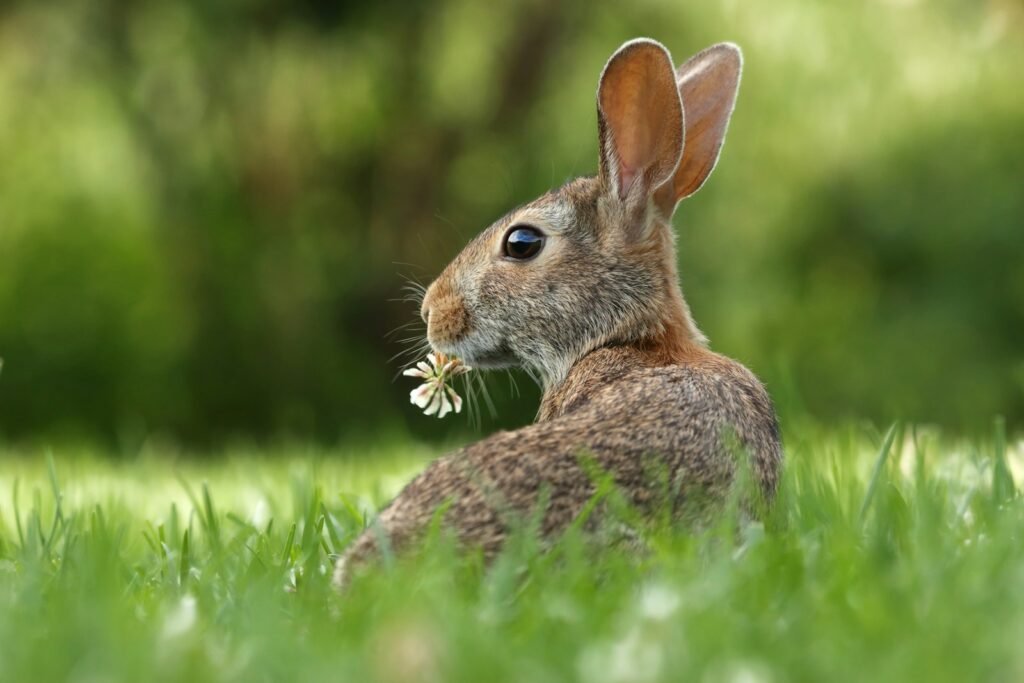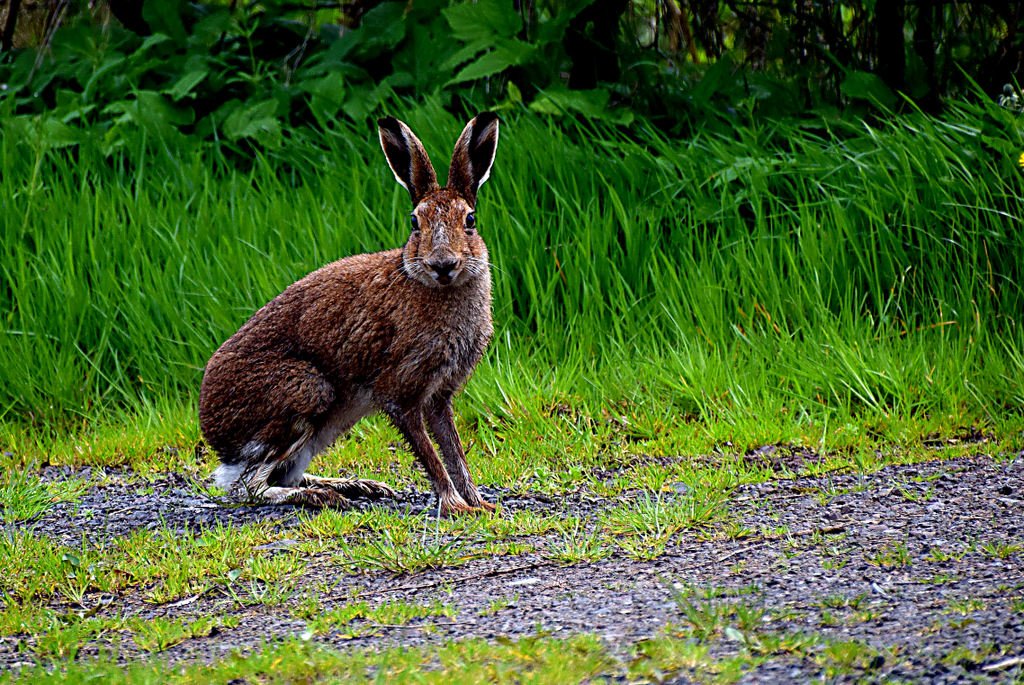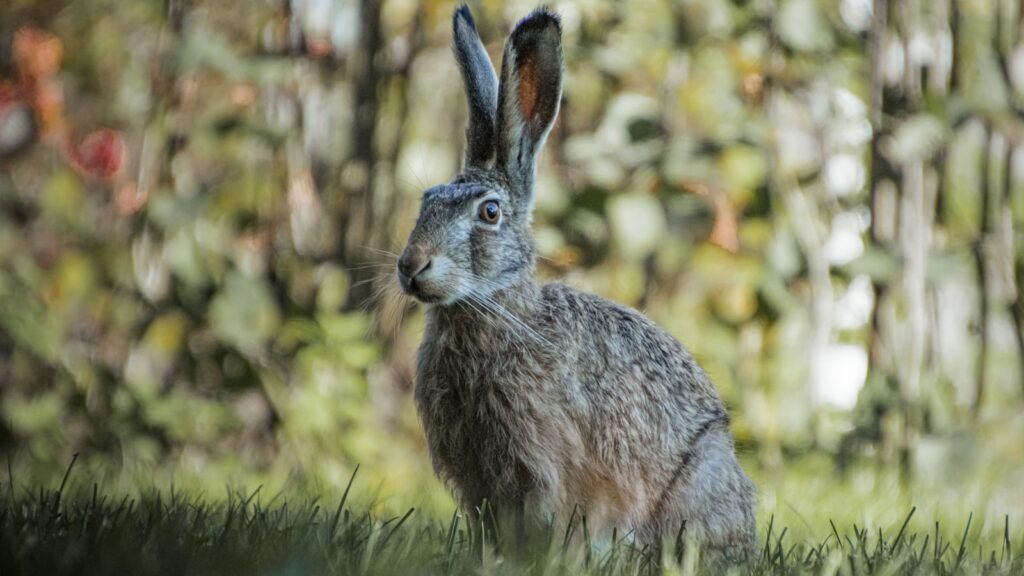Have you ever wondered why rabbits are happily hopping around in homes worldwide, yet their close relatives, hares, remain wild and untamed? It’s an intriguing mystery of nature that leaves many scratching their heads. Hares, with their long ears and speedy legs, seem like they would make fascinating pets. However, their wild hearts and unique characteristics make them forever elusive to domestication. In this article, we will explore the fascinating reasons behind the untamed nature of hares, delving into their biology, behavior, and evolutionary journey.
The Wild Nature of Hares

Hares are fascinating creatures known for their incredible speed and agility. Unlike their rabbit cousins, hares are truly wild at heart. They are solitary animals, preferring the open fields and meadows over the confines of a domestic setting. This innate sense of freedom is deeply ingrained in their behavior. Unlike rabbits, hares are born with their eyes open and are more independent from birth. This means that they are less reliant on parental care, making them naturally more self-sufficient and less amenable to human interaction. Their wild instincts are a testament to their evolutionary history, where survival often depended on quick thinking and speed.
The Evolutionary Journey of Hares
Hares have a long evolutionary history that has shaped their behavior and instincts. Over millions of years, they have adapted to survive in various environments, from arid deserts to lush grasslands. This adaptability has made them highly resilient but also fiercely independent. Unlike rabbits, which have been selectively bred for domestication over centuries, hares have never undergone such a process. Their evolutionary path has favored traits like speed, agility, and independence, which are not conducive to domestication. This evolutionary journey has made hares uniquely suited to their wild habitats, but ill-suited to life as a domestic pet.
Behavioral Characteristics

Hares are known for their nervous and skittish behavior. This is a survival mechanism that allows them to react quickly to threats in the wild. In a domestic setting, this nervousness can translate into stress and anxiety. Hares are also highly territorial animals, often marking their territory with scent. This territorial nature can lead to aggressive behavior if they feel their space is being invaded. Unlike rabbits, which can be trained to use a litter box, hares have a strong instinct to roam and explore, making them unsuitable for confinement. Their behavior is a reflection of their wild instincts, which are deeply ingrained and difficult to change.
Physical Differences from Rabbits
At first glance, hares and rabbits may seem similar, but there are significant physical differences that set them apart. Hares are generally larger, with longer ears and legs, which are adaptations for speed and endurance. They are built for running and escaping predators, which is why they can reach speeds of up to 45 miles per hour. This physical prowess makes them less amenable to the sedentary lifestyle of a domestic pet. Additionally, hares have a leaner body structure, which is not suited for the cuddly, docile nature often desired in pets. Their physical attributes are a testament to their wild nature and survival instincts.
Reproductive Habits
Hares have unique reproductive habits that further distinguish them from rabbits. While rabbits are known for their prolific breeding, hares have a more controlled reproductive strategy. Hares typically have one or two litters per year, with fewer offspring per litter. This reproductive strategy is a reflection of their wild lifestyle, where resources may be scarce, and survival is uncertain. The young, known as leverets, are born fully furred and with their eyes open, ready to face the challenges of the wild. This independence from birth is a key factor in their inability to adapt to domestication, as they are not reliant on human care.
Dietary Needs
The dietary needs of hares are another factor that makes domestication challenging. In the wild, hares have a diverse diet that includes grasses, herbs, and even bark. They are highly selective eaters, often choosing the most nutritious parts of plants. This selective diet can be difficult to replicate in a domestic setting, where commercial pet food may not meet their nutritional requirements. Hares also have a unique digestive system that requires a high-fiber diet to function properly. Without the right diet, hares can suffer from health issues, making them unsuitable as pets.
Social Structure and Interaction
Hares are solitary animals with a complex social structure. Unlike rabbits, which are social creatures that thrive in groups, hares prefer to live alone. They communicate through a series of visual and auditory signals, which can be difficult for humans to interpret. This solitary nature makes them less likely to form bonds with humans, as they do not have the same social needs as rabbits. In a domestic setting, this lack of social interaction can lead to boredom and stress, further highlighting the challenges of keeping hares as pets.
Challenges of Domestication
The challenges of domestication for hares are numerous and complex. Their wild instincts, physical attributes, and unique behaviors make them ill-suited for life as a domestic pet. Unlike rabbits, which have been selectively bred for docility and sociability, hares have never undergone such a process. This lack of selective breeding means that hares retain their wild instincts, making them difficult to train and handle. Additionally, their dietary needs and territorial behavior pose further challenges for potential pet owners. These challenges underscore the importance of understanding the natural behaviors and needs of hares before considering them as pets.
The Ethical Considerations
Keeping hares as pets raises important ethical considerations. Hares are wild animals with specific needs and behaviors that are difficult to meet in a domestic setting. Attempting to keep them as pets can lead to stress, anxiety, and health issues, which raises questions about the welfare of the animal. It is important to consider whether it is ethical to keep an animal that is not suited to domestication. Instead, appreciating hares in their natural habitat and supporting conservation efforts may be a more ethical and sustainable approach.
The Beauty of Wildness

There is a unique beauty in the wildness of hares. Their speed, agility, and independence are a testament to their evolutionary success. While they may not make suitable pets, hares have an important role in their ecosystems, helping to maintain the balance of nature. By appreciating their wild nature, we can gain a deeper understanding of the complexities of the animal kingdom. Hares remind us of the beauty of the wild and the importance of preserving it for future generations.
In conclusion, the elusive nature of hares is a fascinating aspect of their biology and behavior. Their wild instincts, physical attributes, and unique characteristics make them ill-suited for domestication. By understanding and appreciating their wild nature, we can better appreciate the complexities of the natural world. Hares are a reminder of the beauty and importance of preserving the wild, and their untamed spirit continues to captivate and inspire those who encounter them.



